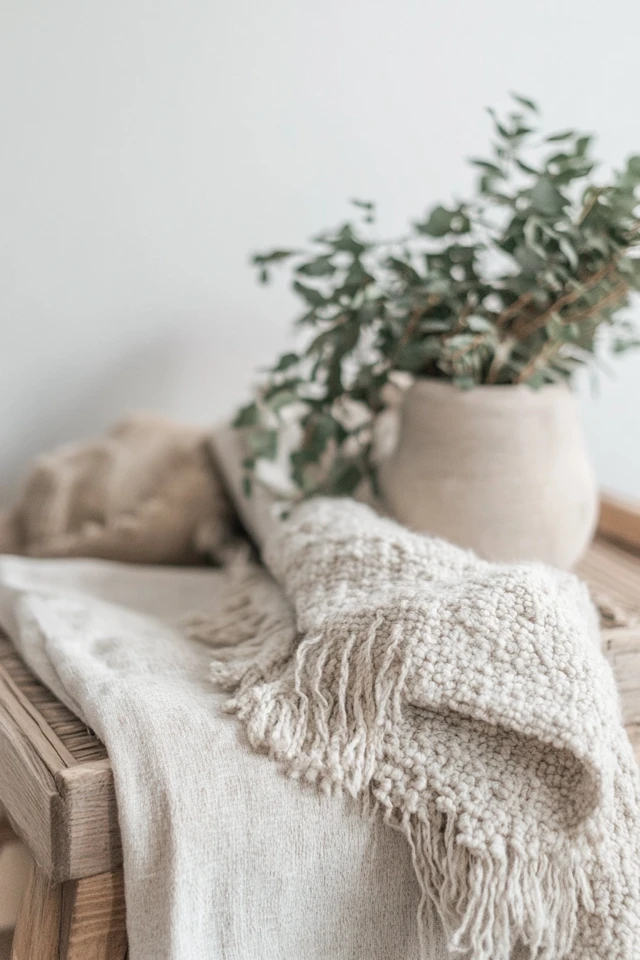Introduction
Scandinavian design is the epitome of timeless elegance—effortlessly combining simplicity, functionality, and comfort. And if there’s one design principle the Scandinavians have mastered, it’s the art of mixing neutral tones to create serene and harmonious interiors. I remember falling in love with Scandinavian design during a trip to Copenhagen. Every space I stepped into—from cafés to apartments—felt like a calming retreat. The secret wasn’t just the clean lines and natural materials; it was the delicate interplay of neutral tones that made each room feel warm and inviting.
Mixing neutral tones in Scandinavian interiors is all about subtle contrasts and layering textures. By playing with shades like white, gray, beige, and soft earth tones, you can create a minimalist yet cozy aesthetic that feels effortlessly chic. In this guide, I’ll show you how to blend neutrals like a pro to bring Scandinavian serenity into your home.
Why Neutral Tones Are Essential in Scandinavian Design
Key Benefits
- Promote Calmness: Soft, muted colors create a peaceful and relaxing atmosphere.
- Enhance Natural Light: Neutral tones amplify light, making spaces feel brighter and airier.
- Timeless Appeal: A neutral palette ensures your interiors stay stylish for years.
- Encourage Versatility: Neutral backdrops pair seamlessly with natural textures and minimalist furniture.
1. Choose a Dominant Neutral
Why It Works
A dominant neutral creates a cohesive foundation for the room and sets the tone for layering other shades.
How to Do It
- Opt for light tones like white or soft beige for walls, as they reflect natural light beautifully.
- Use the dominant neutral on large surfaces, such as walls, floors, and ceilings.
- Ensure the color aligns with the room’s lighting—cool neutrals work well in bright spaces, while warm neutrals enhance darker rooms.
- Build the rest of your palette around this base color for a harmonious look.
2. Layer Complementary Neutrals
Why It Works
Layering neutrals like gray, taupe, and cream adds depth and dimension without disrupting the minimalist aesthetic.
How to Do It
- Pair warm neutrals like beige or camel with cool tones like light gray for a balanced look.
- Use varying shades of the same color family (e.g., multiple tones of gray) for a subtle, cohesive effect.
- Incorporate complementary neutrals in textiles, furniture, and decor to add richness.
- Stick to a maximum of three or four neutral tones to maintain simplicity.
3. Add Texture for Visual Interest
Why It Works
Textures bring life to neutral interiors, preventing the space from feeling flat or sterile.
How to Do It
- Use natural materials like linen, wool, and cotton for soft furnishings.
- Add a jute rug or woven basket to introduce an organic feel.
- Incorporate textured wood finishes, like oak or pine, to add warmth and character.
- Layer different materials, such as a velvet pillow on a linen sofa, for contrast.
4. Incorporate Light and Dark Contrasts
Why It Works
Subtle contrasts between light and dark neutrals create a sense of balance and structure in Scandinavian interiors.
How to Do It
- Pair white or off-white walls with charcoal gray or dark wood furniture.
- Add a black or dark gray accent piece, like a pendant lamp or a picture frame, to ground the space.
- Use darker textiles, such as throws or cushions, on light furniture for contrast.
- Balance light and dark tones evenly to avoid overpowering the room.
5. Use Natural Wood Tones
Why It Works
Wood tones are a hallmark of Scandinavian design, adding warmth and an organic touch to neutral spaces.
How to Do It
- Incorporate light woods like birch, oak, or ash in furniture, flooring, or decor.
- Use untreated or matte-finished wood to highlight its natural beauty.
- Pair wood tones with soft neutrals like beige or white for a classic Scandinavian look.
- Mix wood finishes sparingly—stick to one or two types for consistency.
6. Introduce Subtle Patterns
Why It Works
Understated patterns add visual intrigue while staying true to the simplicity of Scandinavian design.
How to Do It
- Use geometric or nature-inspired patterns in muted tones for textiles like rugs, curtains, or throw pillows.
- Stick to a single pattern or motif to avoid visual clutter.
- Opt for tone-on-tone designs, such as white-on-gray or beige-on-cream, for a subtle effect.
- Limit patterned elements to small accents to maintain a minimalist aesthetic.
7. Enhance with Greenery
Why It Works
Plants provide a fresh pop of color and complement the organic feel of neutral Scandinavian interiors.
How to Do It
- Choose low-maintenance plants like monstera, pothos, or fiddle leaf figs.
- Use simple, neutral-colored planters to keep the focus on the greenery.
- Position plants near windows to enhance the connection to natural light.
- Avoid overloading the space—one or two plants per room are enough to add life.
8. Embrace Soft Lighting
Why It Works
Lighting enhances the warmth and coziness of neutral tones, especially in Scandinavian interiors.
How to Do It
- Use pendant lights with clean lines or simple table lamps with fabric shades.
- Incorporate warm white bulbs (2700K–3000K) to create a cozy atmosphere.
- Add candles or string lights for a hygge-inspired touch.
- Position light sources to highlight textures and natural materials in the room.
9. Incorporate Neutral Artwork
Why It Works
Artwork in soft, neutral tones adds personality while blending seamlessly with the design.
How to Do It
- Choose abstract pieces or nature-inspired prints in muted colors like gray, beige, or taupe.
- Use simple frames in black, white, or natural wood for a minimalist finish.
- Arrange artwork symmetrically for a clean, balanced look.
- Limit the number of pieces to avoid overwhelming the space.
10. Add Cozy Textiles
Why It Works
Textiles in soft neutrals bring warmth and comfort to Scandinavian spaces, enhancing their inviting feel.
How to Do It
- Layer throw blankets in materials like wool, cashmere, or linen over chairs or sofas.
- Add cushions in varying shades of beige, gray, or cream for a layered look.
- Use textured rugs, such as sheepskin or woven wool, to anchor the room.
- Stick to a neutral color palette for all textiles to maintain harmony.
Picture Gallery
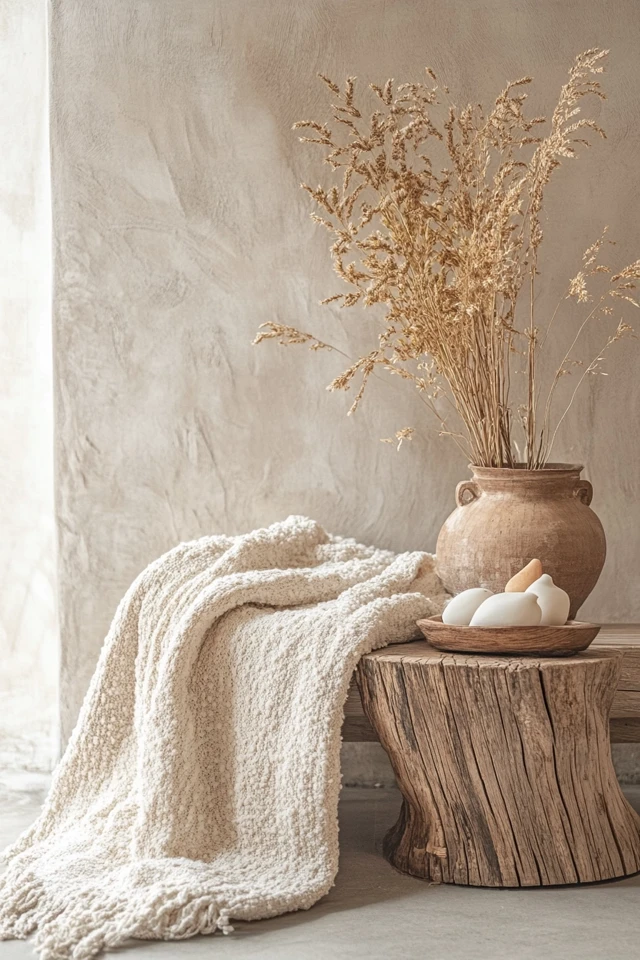
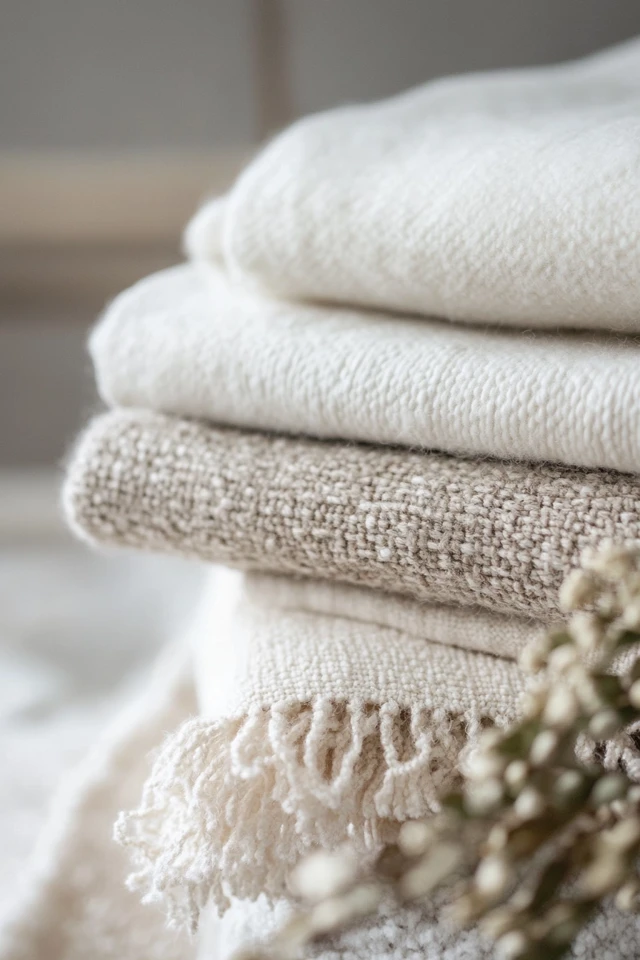
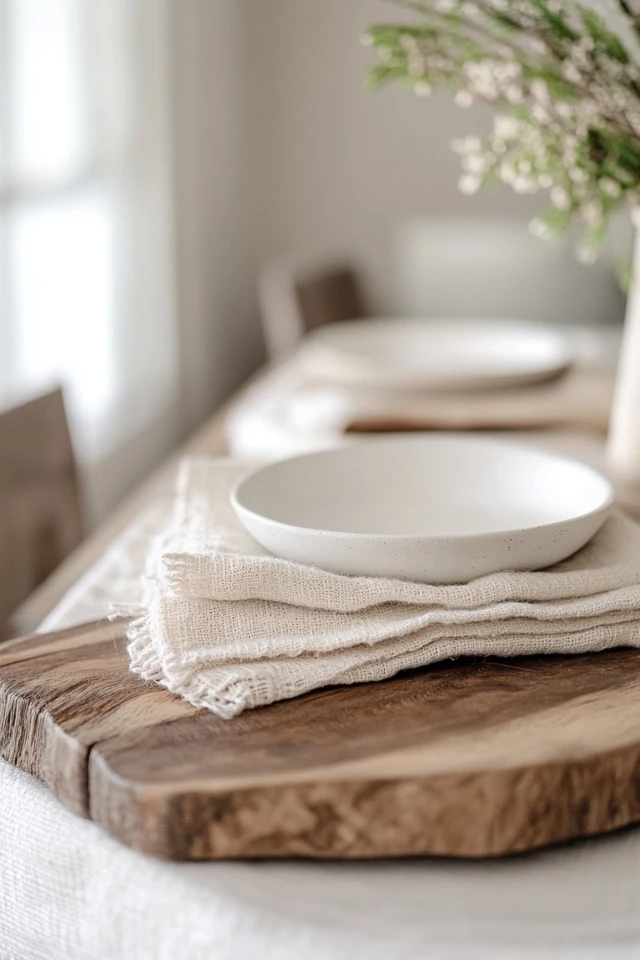
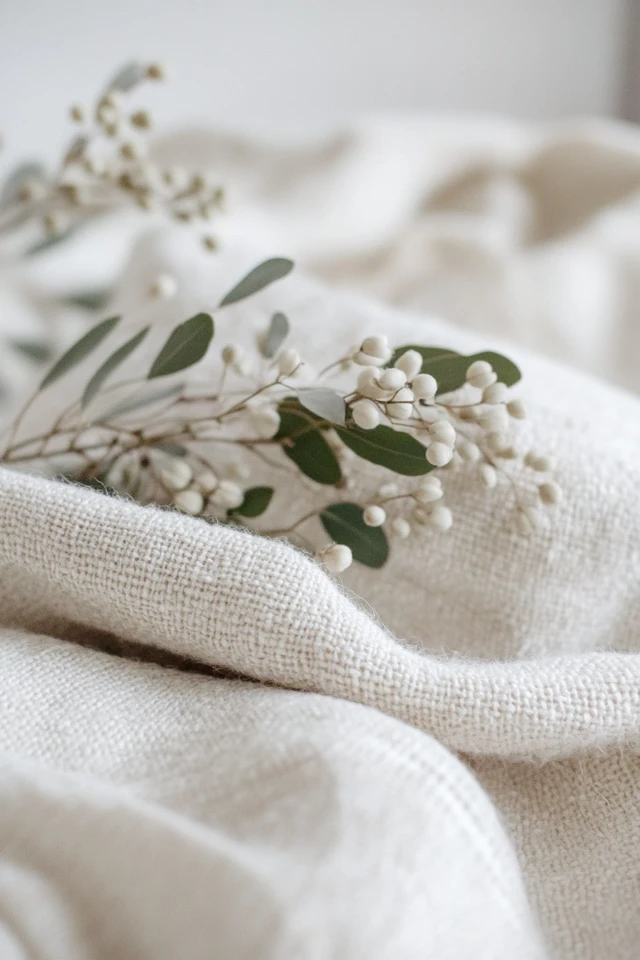
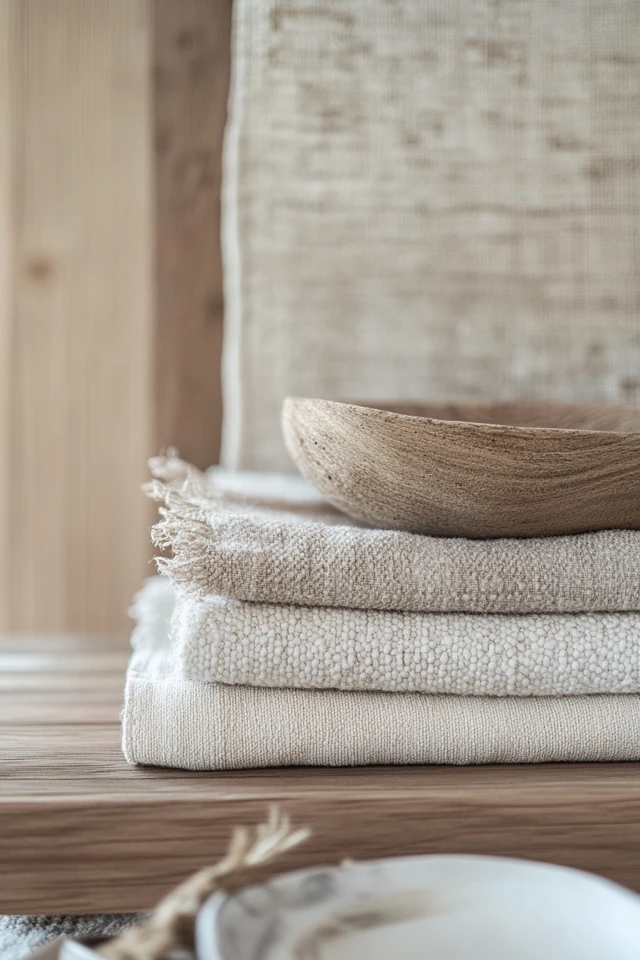
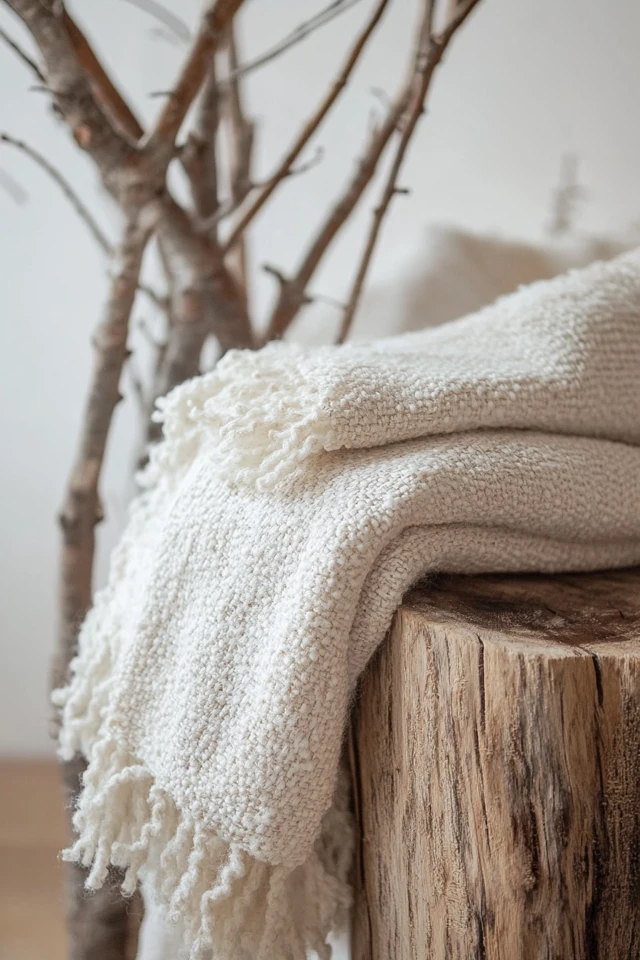
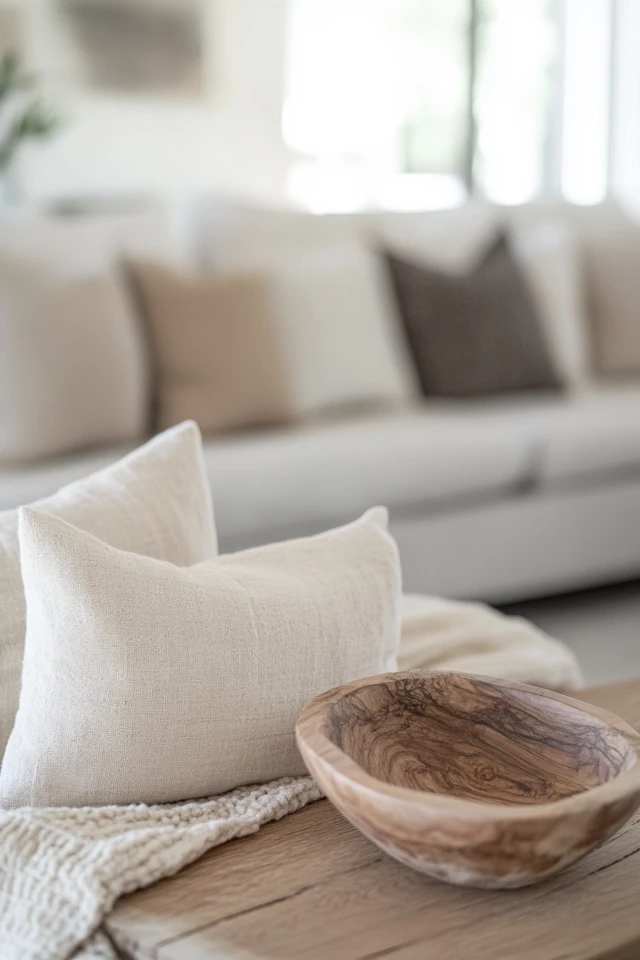
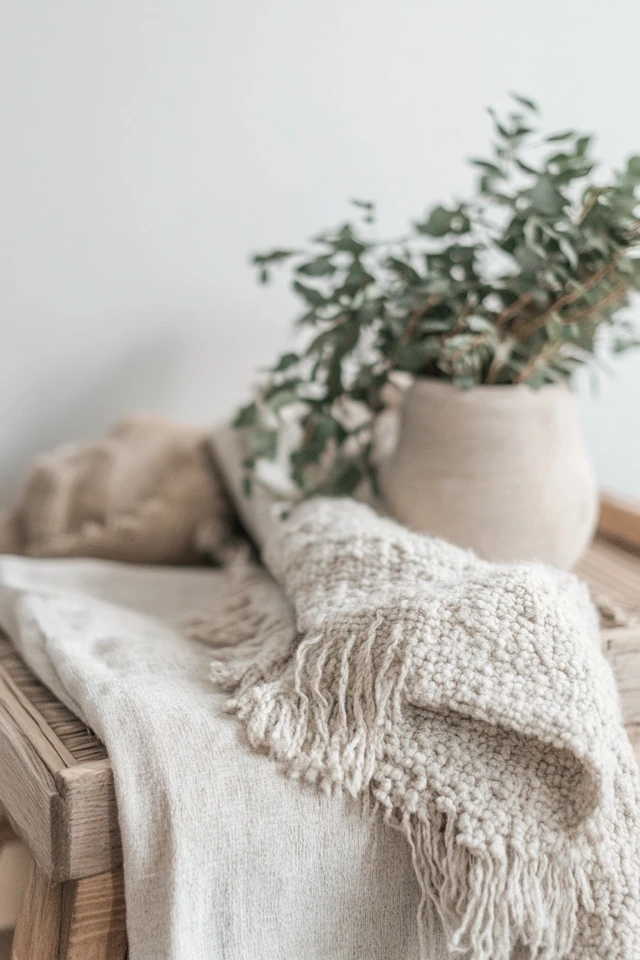
Conclusion
Mixing neutral tones in Scandinavian interiors is all about layering shades, textures, and materials to create spaces that feel both calm and inviting. By focusing on subtle contrasts, natural elements, and thoughtful design, you can achieve a look that’s effortlessly elegant and timeless.
What I love most about Scandinavian design is its ability to strike the perfect balance—neutral tones create a serene backdrop, while textures and organic elements bring warmth and life. With these tips, you can create a home that feels light, airy, and beautifully cohesive.
So grab a cozy throw, rearrange your pillows, or add a touch of greenery. By embracing neutral tones and the principles of Scandinavian design, you’ll transform your space into a haven of simplicity and style.
FAQ
What are the key neutral tones in Scandinavian design?
Scandinavian design often features white, beige, gray, taupe, and soft earth tones.
How can I prevent neutral spaces from feeling boring?
Incorporate texture, subtle patterns, and natural materials like wood and greenery to add depth and interest.
Can I mix warm and cool neutrals in Scandinavian interiors?
Yes! Mixing warm tones like beige with cool tones like gray creates a balanced and harmonious look.
What’s the best way to introduce contrast in a neutral space?
Use darker accents like charcoal gray, black, or dark wood to create contrast against lighter tones.
Where can I find Scandinavian-inspired furniture and decor?
Stores like IKEA, HAY, Ferm Living, and West Elm offer a range of Scandinavian-inspired pieces that fit neutral palettes.

